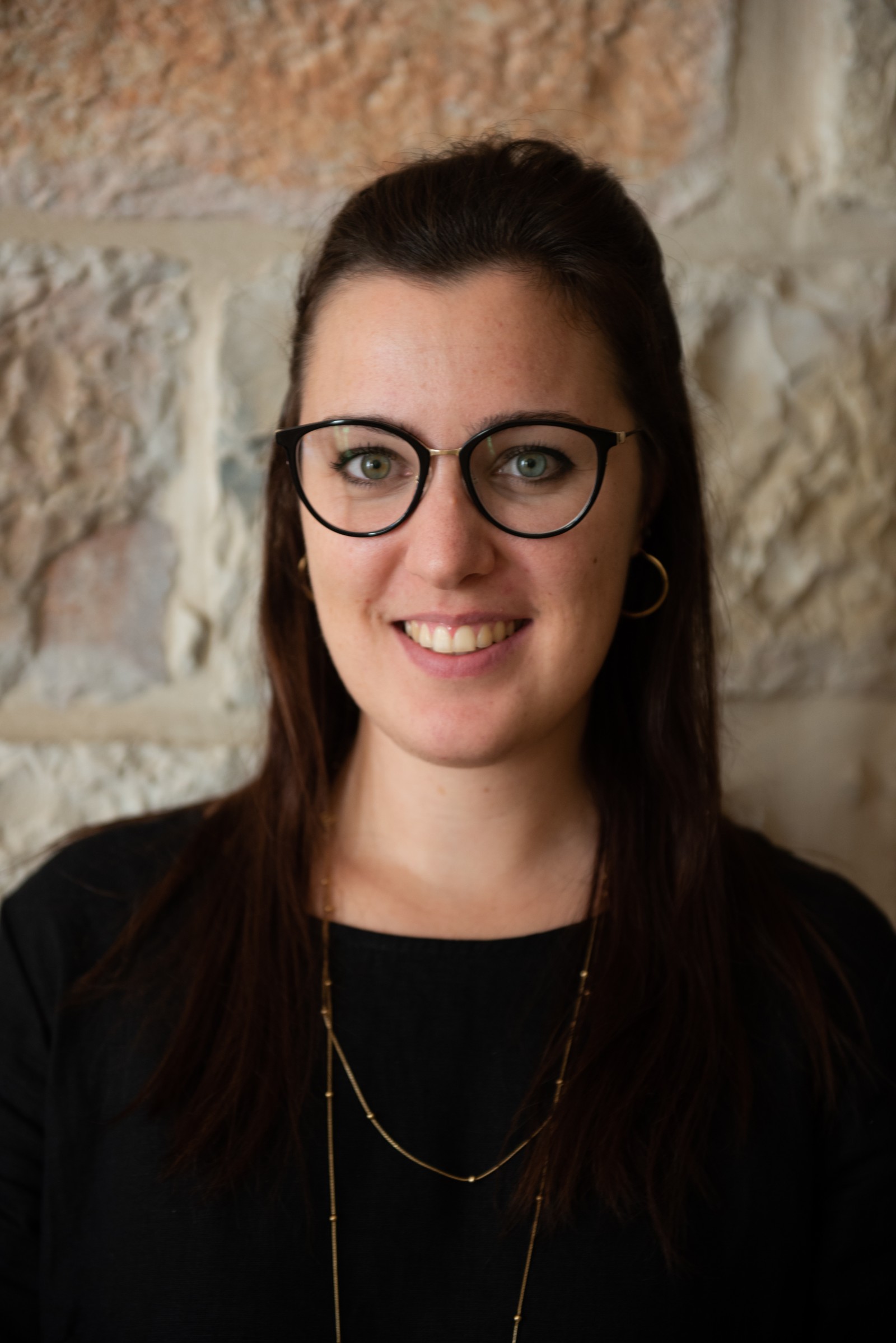Behind the scenes of the management of an immense heritage: the digital database for the cultural heritage of the Custody of the Holy Land
When we enter a museum to admire its collections, we are often unaware of the hard work behind the objects we see on display. However, behind each label, there is a history of study, discoveries and, as often happens, disputes between experts. In short, there is great dedication. The first step towards exhibiting a work of art is to catalog it, or rather to insert an “ID” of the object in a database. It is the fundamental step to recognize the object as valuable and meaningful, a story worthy of being told, a “testimony of civilization” to quote the Italian Code of Cultural Heritage.

[EN]Photo by Igor Miske on Unsplash[/EN][IT]Foto di Igor Miske da Unsplash[/IT][ES]Photo by Igor Miske on Unsplash[/ES][FR]Photo by Igor Miske on Unsplash[/FR]
During her studies, Francesca Biasio spent more than a year at the Cultural Heritage Office of the Custody of the Holy Land. During this time, she contributed significantly to the creation of the database in which the objects and artworks of the Custody are currently being inserted through careful catalog work carried out in Italian, the official language of the Franciscans.
Francesca talks to us today about this database, the history of cataloguing within the Custody of the Holy Land and the future steps necessary for the study and preservation of this immense artistic heritage.[1]
————————————————————-

[EN]Francesca Biasio ©Nadim Asfour/CTS [/EN][IT]Francesca Biasio ©Nadim Asfour/CTS[/IT][ES]Francesca Biasio ©Nadim Asfour/CTS[/ES][FR]Francesca Biasio ©Nadim Asfour/CTS[/FR]

[EN]The main interface of the database for the cultural heritage of the Custody of the Holy Land[/EN][IT]L’interfaccia principale del database per i beni culturali della Custodia di Terra Santa[/IT][ES]La interfaz principal de la base de datos sobre el patrimonio cultural de la Custodia de Tierra Santa[/ES][FR]L’interface principale de la base de données pour le patrimoine culturel de la Custodie de Terre Sainte[/FR]
In an organization like that of the Custody of the Holy Land, the protection and conservation of the historical-artistic heritage are activities that are as important as they are complex. First of all, this cultural heritage is scattered across all the monasteries and, in most cases, it is not preserved under the guidance of experts in the field. Then, they are very often still used in liturgies.
At the beginning of any intervention for safeguarding, it is necessary to acquire a detailed knowledge of the heritage, especially with regard to the typology, quantity and location of objects. Over the years, inventories have been established within the different departments at the initiative of various friars; however, due to frequent changes in their roles, these lists have no longer been used and some have been lost. Currently, many registers are kept in the historical archives of the Saint Saviour Monastery, but they have never been digitized or studied in depth.
The first step towards systematic control and protection was taken in the early 2000s. The aim was to launch a cataloging campaign that divided the material to be classified into two main categories: that relating to archaeological discoveries and that relating to historical and artistic heritage.
The Studium Biblicum Franciscanum museum dealt exclusively with the first category using a specific system. The second, entrusted to volunteers, was based on the compilation of a digital document for internal use in the Saint Saviour Monastery in Jerusalem, the headquarters of the Custody of the Holy Land. The work consisted of assigning a code to the objects examined and grouping them by type. Photographic material and basic information about the names and locations of the objects were then included in the appropriate documents.[2]
Subsequently, the database underwent numerous updates and modifications and was transferred to an online system.
All the heritage documents of the Custody, both those relating to archaeological discoveries and those relating to its historical and artistic heritage, have been incorporated into a single system. Today, the latter is under the responsibility of the Cultural Heritage Office located in the Saint Saviour Monastery.[3]
The possibility of recording objects of a different nature is ensured by the existence of several types of records, which nevertheless maintain a coherent structure. They are divided into five sections: Main, Technical Data, Photos and Attachments, Legal Data and Location, Historical.
In May 2018, some parts of the database structure were reviewed and revised. This was a very urgent task, as the confusing and incomplete status of the catalog sections made it difficult to enter information.
The reference system used is the one adopted by the Italian ICCD (Istituto Centrale per il Catalogo e la Documentazione, or Central Institute for Cataloguing and Documentation). After a careful study of standard models, a solution adapted to the situation of the Custody database was formulated.
The general composition of the files was not modified, as it was deemed appropriate for the purposes of clarity, consultation and ease of compilation. The areas in which most of the work has been done are: classification categories, the definition of the object, identification of the subjects represented and the terms used to designate the subjects and techniques.
Grouping cultural objects together is an indispensable process not only to understand their nature, but also to facilitate their search in a system that currently has about 30,000 records. The “old” categories, characterized by errors and inconsistencies, have been replaced by groups that follow a “tree” pattern and classify objects according to their function. The fieldwork on object definition (OGTD) involved the selection of a list of terms provided by the ICCD website. The intention was to create a semi-closed vocabulary, so as to guide the compilation and at the same time allow us to add any missing terms. In addition, a space was reserved to host the notes containing the meaning of the term, to help the classification process.
One of the most important innovations was the adoption of the Iconclass software, theorized by the Dutch professor Henri van de Waal in the 1950s and implemented on the website www.iconclass.nl, for the identification of the subjects represented in the works. It consists of the insertion of a unique code, available on the appropriate website, associated with a brief description. In addition to greater precision and objectivity in the analysis of the object, it allows the database user to refine the search by creating a filter.
The final change, relating to topics and techniques, makes it possible to consult two lists intended aimed at guiding the compiler in choosing the most appropriate term. This has eliminated the use of synonyms and made the field more consistent.
—————————————————————
[1] Article from F. Biasio, Le madreperle della Custodia di Terra Santa, tesi magistrale, Università of Verona, A.A. 2017/2018, pp. 13-15.
[2] F. Biasio, Il database del patrimonio storico e artistico della Custodia di Terra Santa: origine e sviluppi di uno strumento indispensabile, in “Il Santo. Rivista francescana di storia dottrina arte”, LVIII, 2018, fasc. 3, pp. 439-444.
[3] Ibid



